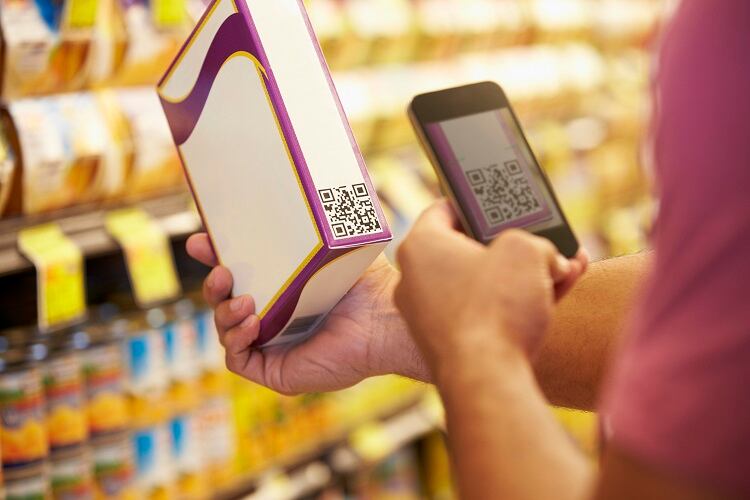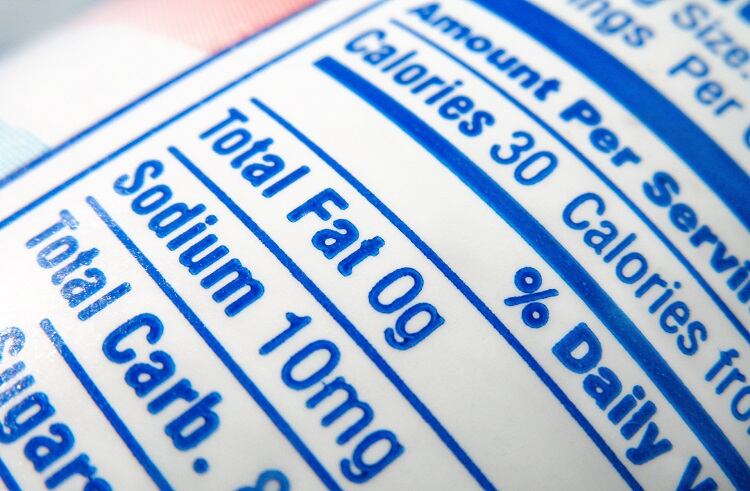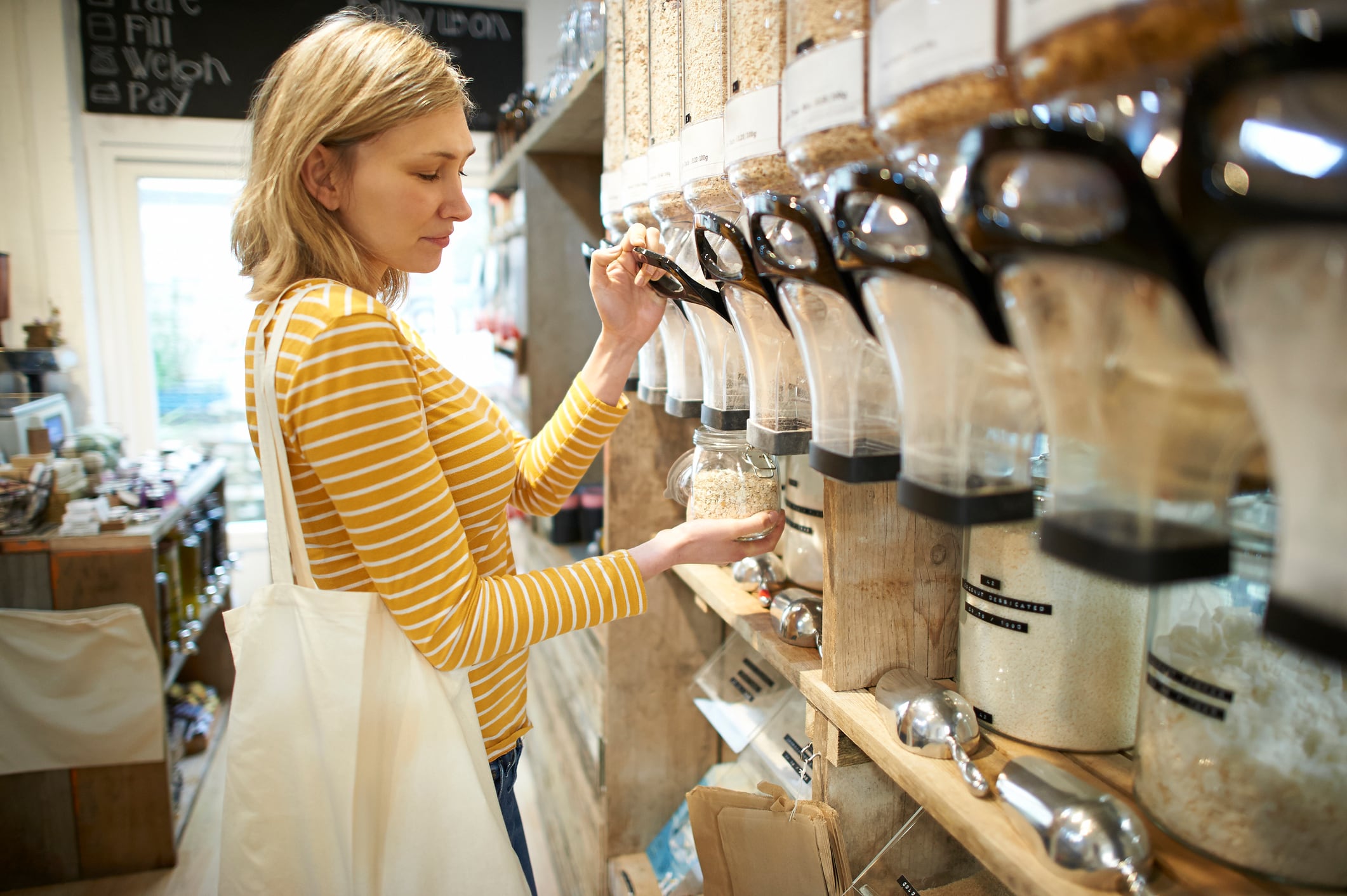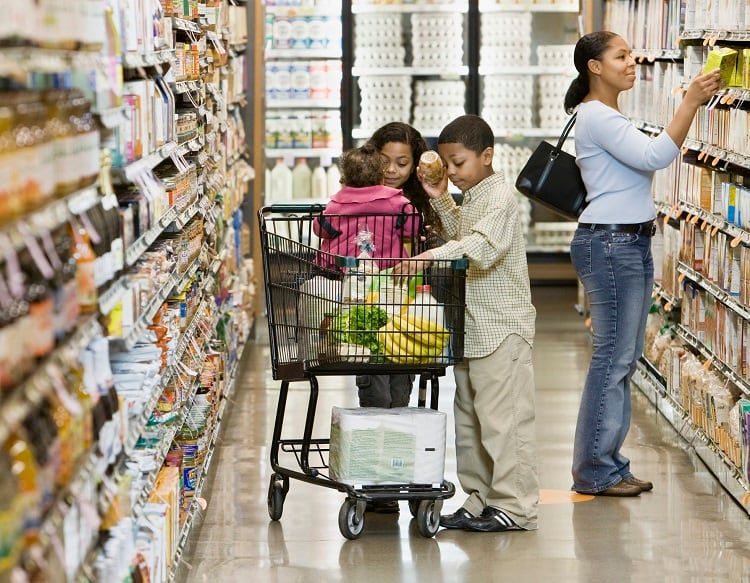UK retailer Sainsbury’s conducts consumer research before adding any new messaging to its products on-shelf.
First and foremost, the supermarket – ranked the second largest in the country – focuses on taste and price. “No matter what category of food you’re shopping in, the most important fact to the consumer is that the product is going to taste great,” explained Claire Hughes, Director of Product and Innovation at Sainsbury’s. “As well as understanding what price they’re going to pay for it. Which isn’t on the packaging anyway.”
The product’s title and, if needed, accompanying imagery can help relay those messages, suggested the product chief.
But there is much more at play on-pack than indicating a flavour profile and pricing bracket. Think messaging focused on nutrition, environmental sustainability, and cooking methods. And each comes with its own unique challenges, Hughes told delegates at the Westminster Food & Nutrition Forum earlier this month.
Less plastic, less space on-pack
In the UK, supermarkets have made commitments to cut packaging waste in their supply chains. In the case of Sainsbury’s, the retailer has pledged to reduce the use of plastics in its own operations by 50% by 2025.
As part of this commitment, Sainsbury’s is removing single use plastic bags from loose produce, and cutting plastic in its Taste the Difference and SO Organic lamb and steak packaging by 70%.
While designed to reduce the retailer’s environmental impact, the packaging reduction targets pose a challenge in food labelling. “We’re completely restricted, actually, with space on pack,” explained Hughes. “Whilst we’re reducing plastic, we’re also reducing packaging overall – and making our packaging smaller.”
This means that in some cases, the retailer is struggling to make all on-pack information ‘legible’.
Discerning which bit of information should be considered most relevant, and least relevant, is key, she suggested. “It is really important to understand what the hierarchy of messages are, so that we know for which product which are more important.”

A good example lies in the differences between consumer preferences for meat categories. Country of origin labelling, which designates where particular raw materials are from, is more important to retailers purchasing meat, fish, and poultry products, Hughes told delegates.
On the other hand, country of labelling is less important, according to Sainsbury’s consumer research, to shoppers purchasing ready meals. These consumers, we were told, are more interested in the cuisine type than where the meat ingredient is from.
Logos and QR codes
Independent certification schemes and accompanying logos present another challenge to retailers when labelling food products.
To begin with, consumers do not understand all logos carried on pack, Sainsbury’s product and innovation chief explained. “There is some awareness of certification schemes and logos, [depending on] where they are. And they tend to be seen as a good thing.
“But, I think overwhelmingly for me, customers aren’t sure what some of the logos mean. They just sort of think they might be a good thing.”
Hughes suggested more work is required to improve both awareness and understanding in this field.
Secondly, logos can be difficult to place on-pack. They tend to ‘float about’ on the packaging, with different food makers placing them in different locations. Further, they can be ‘difficult’ to fit alongside other on-pack information, such as the use-by date and front-of-pack traffic light labelling – both of which take up ‘quite a bit of space’.

For this reason, an increasing number of businesses are leveraging digital labelling formats, such as QR code technology. While Hughes said ‘some challenges’ exist with these formats, she stressed it’s important for food makers to consider what is ‘essential information’ that must feature on pack, and what is deemed additional information – including label and scheme explanations – that can be accessed separately via smartphone.
Sustainability labelling
In food labelling, environmental sustainability schemes are gaining traction. The Foundation Earth scheme, backed by food major Nestlé, is one example to have launched this year.
Sainsbury’s research into sustainability labelling suggests how these scores are presented to consumers is crucial. Single score schemes, for example, may not be the preferred algorithm in the eye of the consumer. “We’ve been doing a bit of work with customers on environmental sustainability…I was surprised with customers [said they] think [schemes have] made labelling too simple,” recounted Hughes, “they think you’re hiding something in the label.
“So they weren’t keen on single scores where there were a lot of different inputs and then you make an assessment on which was the most important.”

Another implication worth considering is the effectiveness of labels on-pack, particularly those that have been already been around for a period. “Sometimes, if something has been on a label for a long time and the customer gets used to seeing it, they don’t actually ‘see’ it anymore,” Hughes explained.
“So it’s about [working out] how to keep the information fresh and continuing to evolve, to make sure it’s effective.”
Sainsbury’s has been conducting research on environmental sustainability labelling with retail analyst IGD. And a ‘real challenge’ that exists, Hughes continued, is data availability.
“I don’t think we’ll ever be able to wait for perfect data to start communicating to customers on an issue that’s important to them and to enable them to make healthy, sustainable choices for their diet.”

Looking to the future, Sainsbury’s says greater research is required for ‘any messaging’ put on-pack. The product and innovation chief is calling for a multi-sectoral approach to the issue, suggesting the retail, government, industry, NGOs, and trade bodies work together to communicate ‘important standards’ together.





